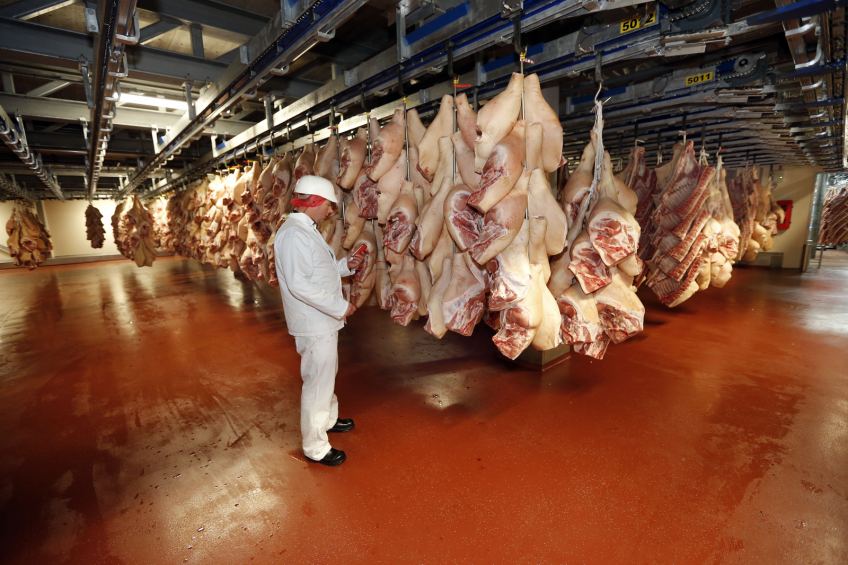Blood can reveal info about pork quality

Exsanguinated pig blood could contain good indicators for the quality of a carcass’ pork after slaughter.
This was reported by South Korean scientists in a recent publication in Animal Production Science.
They wrote in their article, “Serum cortisol, blood lactate and glucose have potential as indicators of the rate and extent of postmortem metabolism and ultimate pork quality under the standard procedure and handling conditions of pre-slaughter.”
Investigating correlations
The researchers write: “The objectives of this study were to investigate the correlations between various blood parameters compared with cortisol and lactate levels under the standard pre-slaughter procedure and handling conditions and to assess their potential as indicators of pork quality traits.”
They continue, “Despite there being no additional pre-slaughter stress treatment, there is considerable variation in blood parameters at exsanguination. Serum cortisol and blood lactate levels, widely used indicators of stress, were positively correlated with blood glucose and electrolytes, such as calcium, potassium and sodium.”
Glycolysis and water-holding capacity
The researchers explain, “Moreover, these parameters were significantly correlated with a rapid rate of early postmortem glycolysis and reduced water-holding capacity. In particular, blood lactate and glucose levels significantly differed between porcine quality classes.”
Other blood parameters including electrolytes, they said, did not significantly differ between quality classes though they significantly correlated with pork quality traits.
Korean universities cooperating
The research was carried out by J.H. Choe, M.H. Choi, Y.C. Ryu, K.S. Lim, E.A. Lee, J.H. Kang, K.C. Hong, S.K. Lee, Y.T. Kim, S.S. Moon, K.W. Lee, M.S. Rhee and B.C. Kim. The researchers are attached to Korea University, Jeju National University, Kangwon National University and the Sunjin Meat Research Centre.











